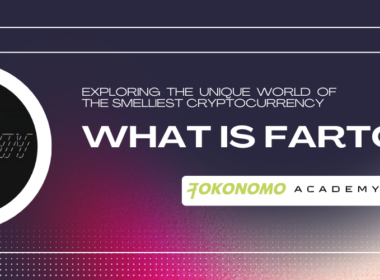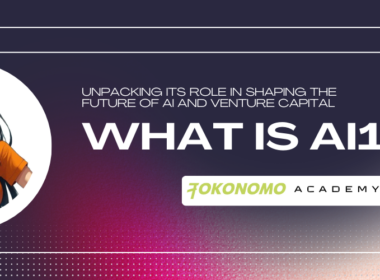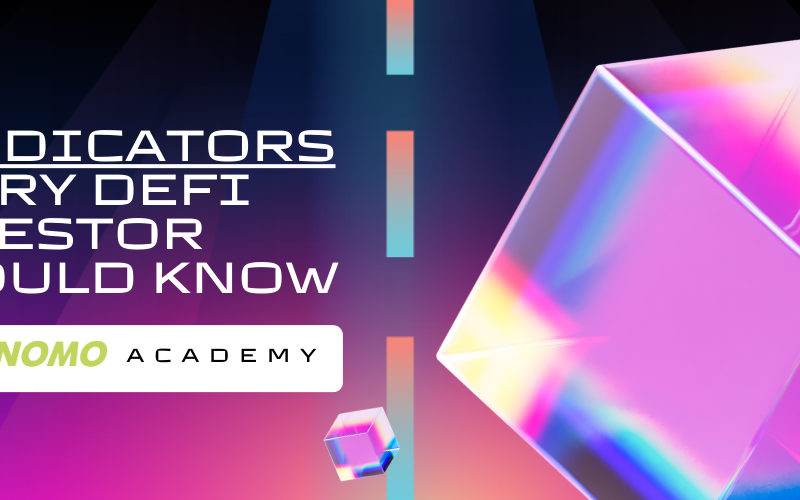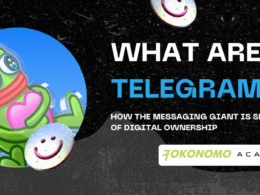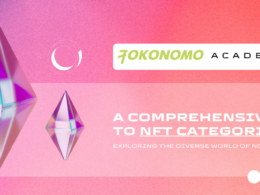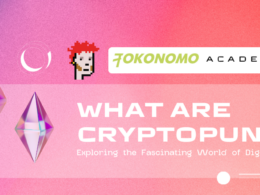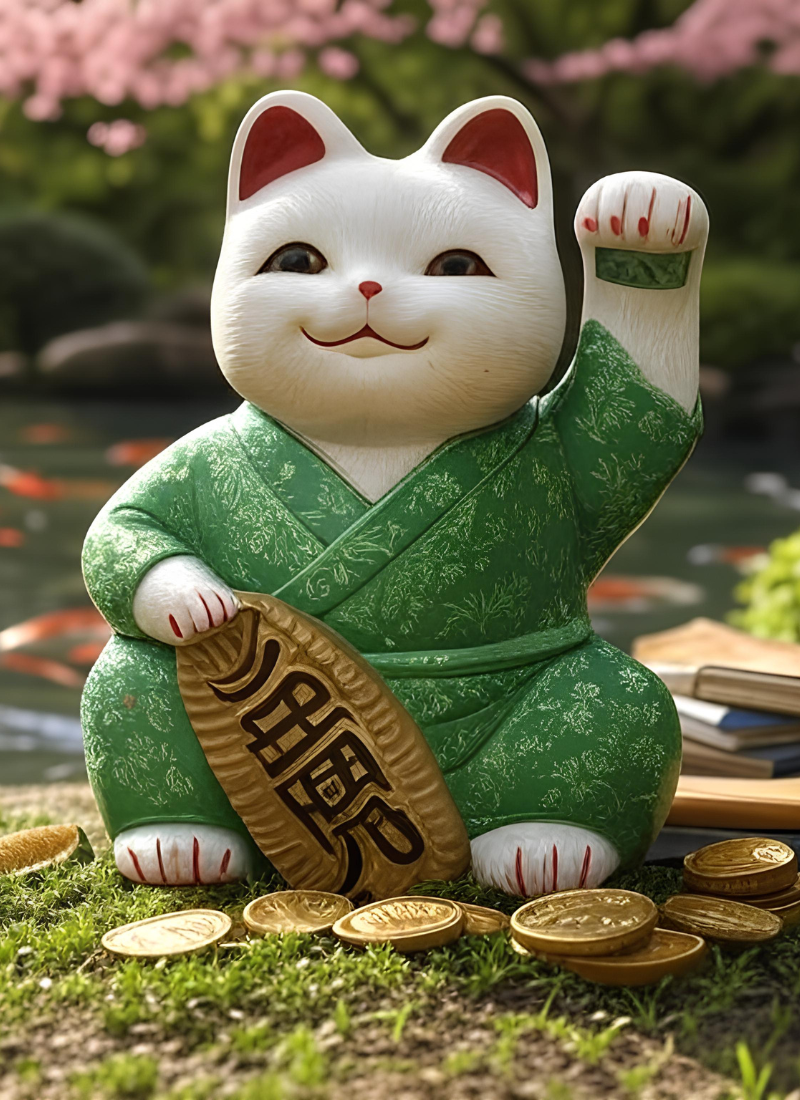In the world of digital art and collectibles, a new and exciting trend is emerging: Dynamic NFTs. These unique tokens are revolutionizing the way we think about ownership and value in the digital realm. But what exactly is a dynamic NFT, and how does it differ from traditional non-fungible tokens?
Definition of Dynamic NFTs
Dynamic NFTs, a specialized subset of NFTs, exhibit the intriguing ability to undergo alterations under specific predefined conditions. At the core of each NFT lies metadata, a repository of information delineating its inherent attributes.
In metadata, you can find things like titles, descriptions, and unique features that apply to a particular NFT. For example, in gaming, metadata might describe special qualities of an avatar, like strength or stamina. For NFT art, metadata might include details like the colors used or any added decorations.
Perchance you’re familiar with CryptoKitties, the Ethereum-powered gaming phenomenon that emerged in 2017, representing one of the pioneering NFT ventures. Functioning as a blockchain-based game, CryptoKitties extends an avenue for participants to amass, propagate, and engage in the exchange of dynamic NFTs, each manifesting as virtual feline entities.


Diverging from their static counterparts, dynamic NFTs flaunt the capacity for mutable metadata, resulting in a transformation that’s also visually perceptible. This distinctive trait emerges due to the structural contrast between static NFTs, predominantly hinged upon the ERC-721 token standard, and dynamic NFTs, thoughtfully structured around the ERC-1155 token standard.
As delineated by Ethereum’s standards, tokens shaped by the latter framework exhibit resemblances to the fungible ERC-20 tokens and the non-fungible ERC-721 tokens. Within this classification, ERC-1155 tokens maneuver a nuanced middle ground, technically classified as semi-fungible and amenable to modifications whenever exigencies beckon.
How Dynamic NFTs Work
This is the typical process of how it operates:
- Firstly, a dynamic NFT gets minted through the execution of a smart contract, accompanied by a specific set of metadata.
- Subsequently, the smart contract acquires data from oracles, which are services offered by third parties. These services fetch external information from various data sources, including but not limited to Internet of Things (IoT) data and web application programming interfaces (APIs).
- As part of the minting process, the NFT undergoes evaluation by the smart contract, utilizing the data fetched from oracles to thoroughly assess the NFT’s attributes and incorporate any alterations.
- Whenever the need arises, the traits of the dynamic NFT are adjusted and updated accordingly.
Potential Use Cases of Dynamic NFTs
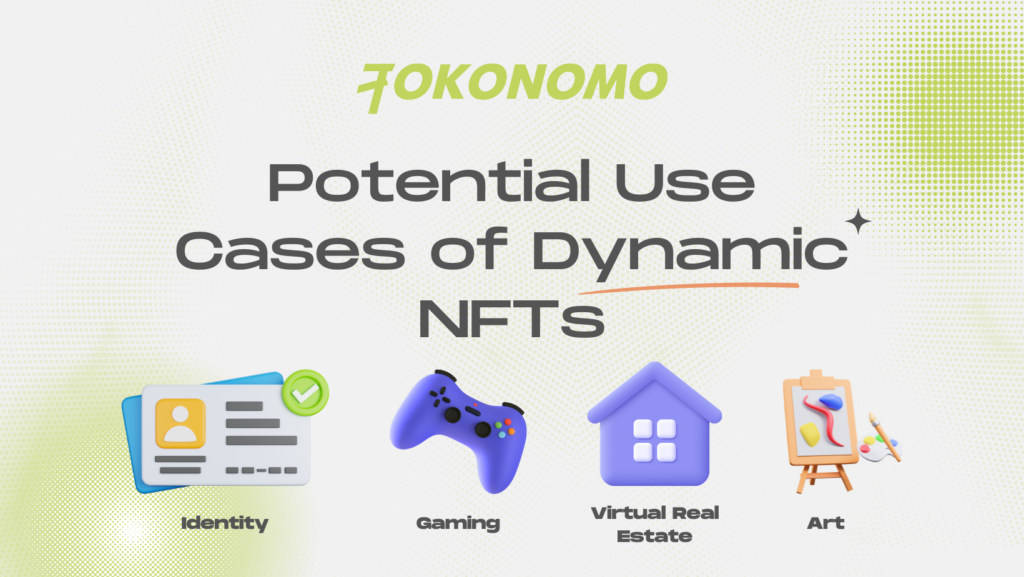

Identity
Identity may undergo a significant transformation with the actualization of blockchain-based identity systems. In this scenario, dynamic NFTs could find utility in serving as representations of digital identity cards or passports across the globe. The inherent flexibility of these NFTs would enable automatic updates of information without necessitating the replacement of digital identity documents. This capacity extends to modifications such as alterations in place of residence, marital status, and contact particulars.
Gaming
The domain of gaming, primarily rooted in the ERC-1155 token standard, naturally aligns with the prevalence of dynamic NFTs, particularly within the realm of blockchain games. Through the utilization of dynamic NFTs, gamers could advance their avatars, imbuing these NFTs with the essence of their in-game personas. This augmentation significantly enhances the gaming encounter. As players accumulate experience and proficiency, their avatars’ NFT counterparts could mirror the evolution through dynamic alterations in appearance or attributes.
In game design, the notion of progression stands as a fundamental pillar to captivate players. Dynamic NFTs play a pivotal role in making this advancement feasible. Furthermore, dynamic NFTs facilitate interactive narratives, such as choose-your-own-ending storylines, and other immersive participatory undertakings hinging on external data integration.
Virtual Real Estate
The landscape of virtual real estate has embraced tokenization for a considerable duration. However, static NFTs encounter limitations in effectively representing fluid variables such as property valuations, aging, and ownership transitions. In contrast, dynamic NFTs excel in encapsulating intricate facets of real estate, boasting the adaptability requisite for accommodating precise data updates.
Art
The realm of art takes inspiration from the Japanese artistic concept of wabi-sabi, a celebration of the ephemeral and transitional. The global appreciation for art that is transient finds resonance in dynamic NFTs, offering digital artists the ability to incorporate real-time data to encode mutability within their artworks. This integration conveys a sense of impermanence, enhancing the distinctiveness of the artistic creations. Some dynamic NFT artworks, for example, respond to prevailing weather conditions or the changing of seasons, leading to visually evolving experiences.
NFT-based artistry can also mirror real-world art installations that necessitate viewer engagement for full appreciation. In this context, dynamic NFTs hold the power to morph based on the interactions of the token holder with their asset. This innovation propels engagement within digital art exhibitions, fostering an elevated and immersive encounter.
Conclusion
Dynamic NFTs stand out as a more intelligent category of NFTs compared to their static counterparts, primarily due to their capacity to swiftly adjust to and mirror real-time external information. Beyond the examples highlighted in this article, a myriad of potential applications exist for dynamic NFTs, effectively catering to the demand for NFT customization.


